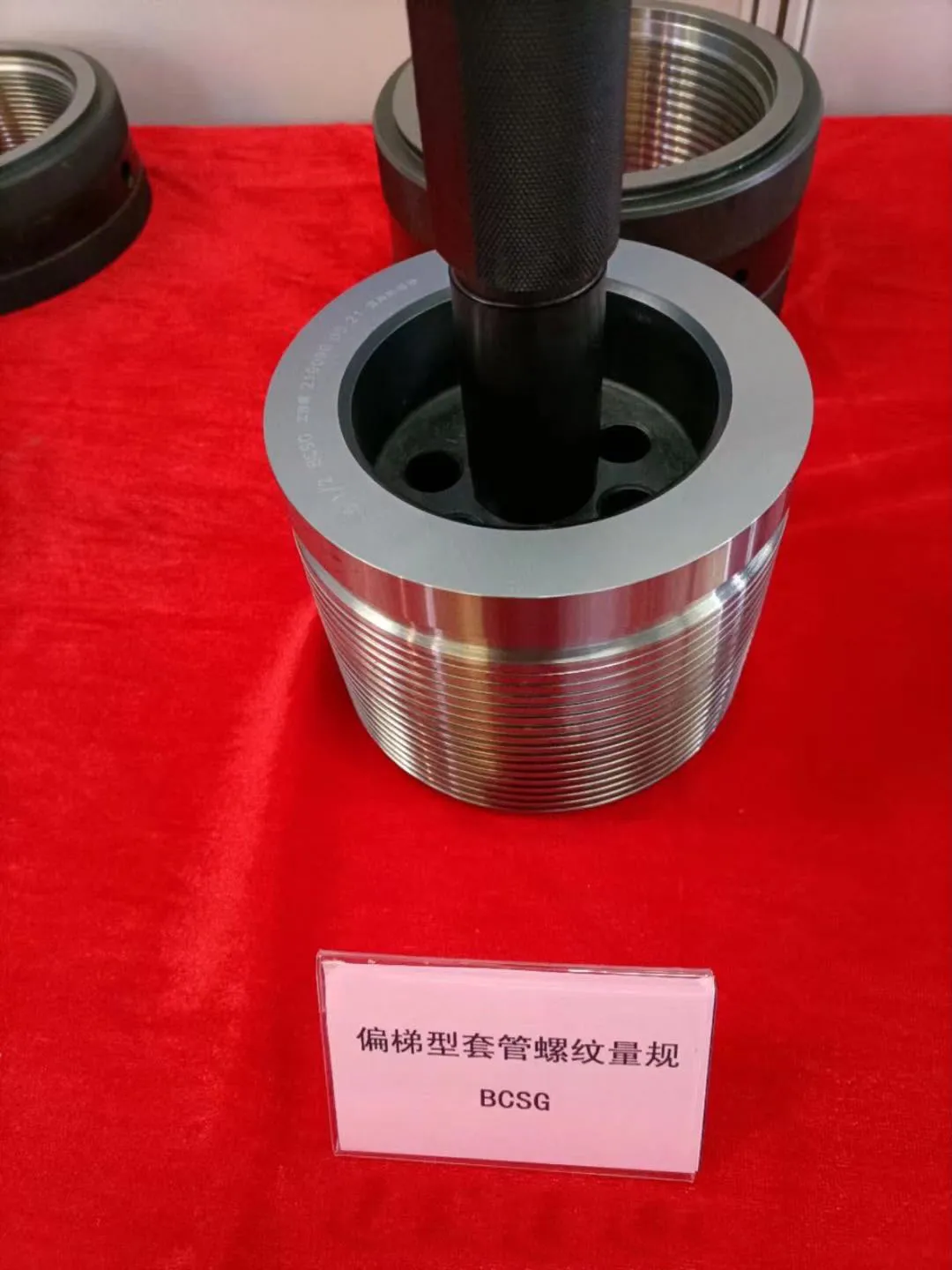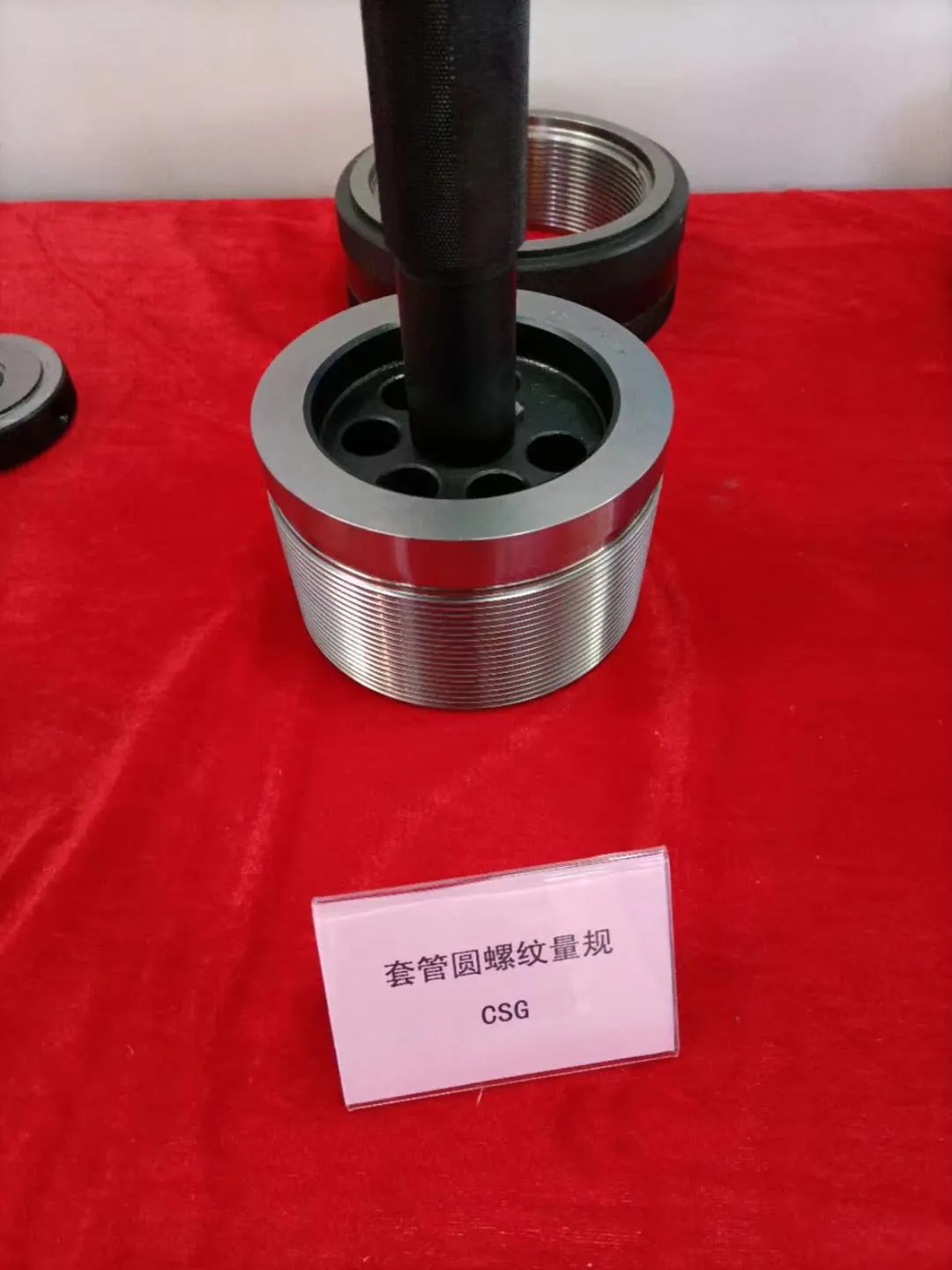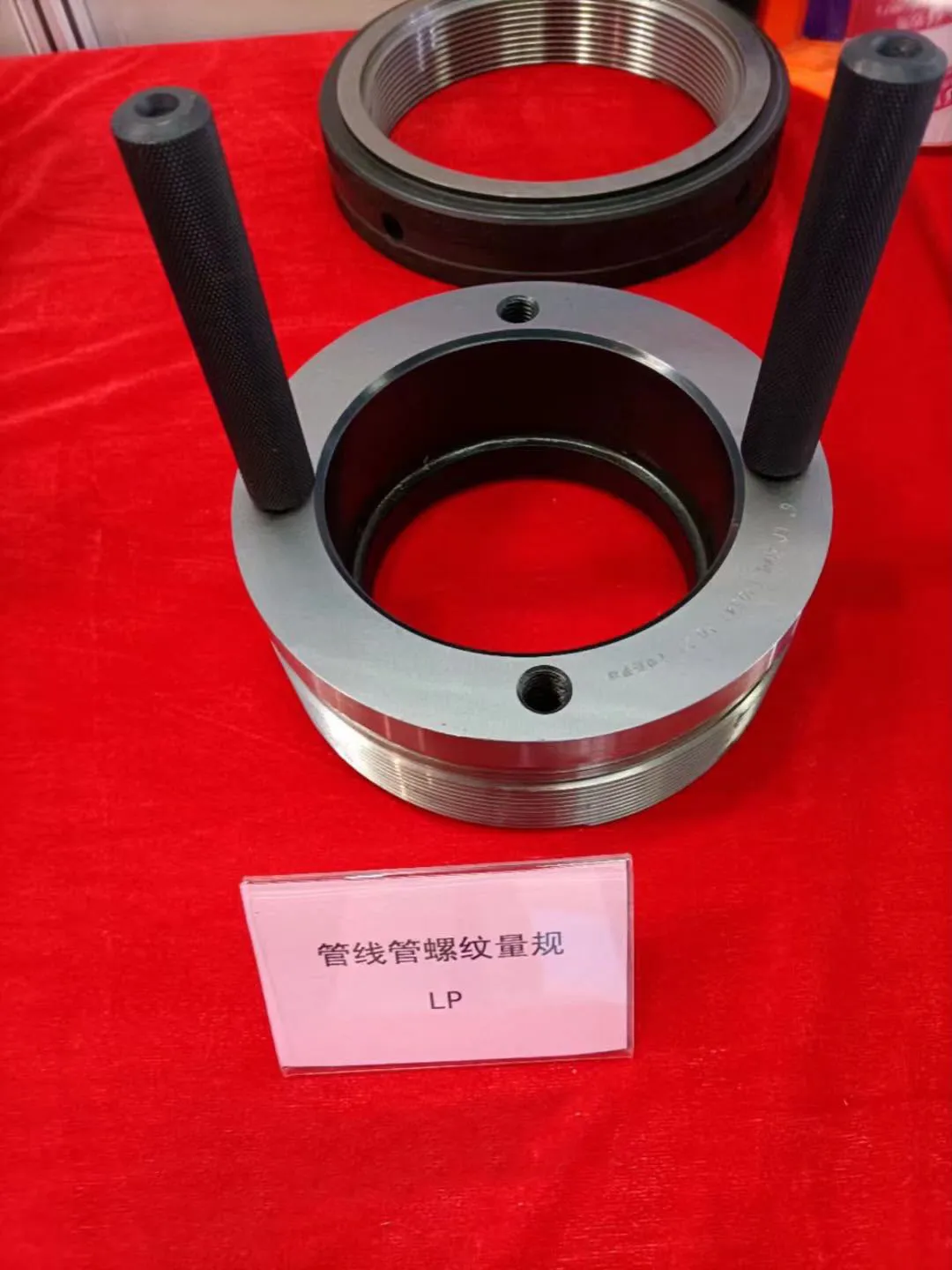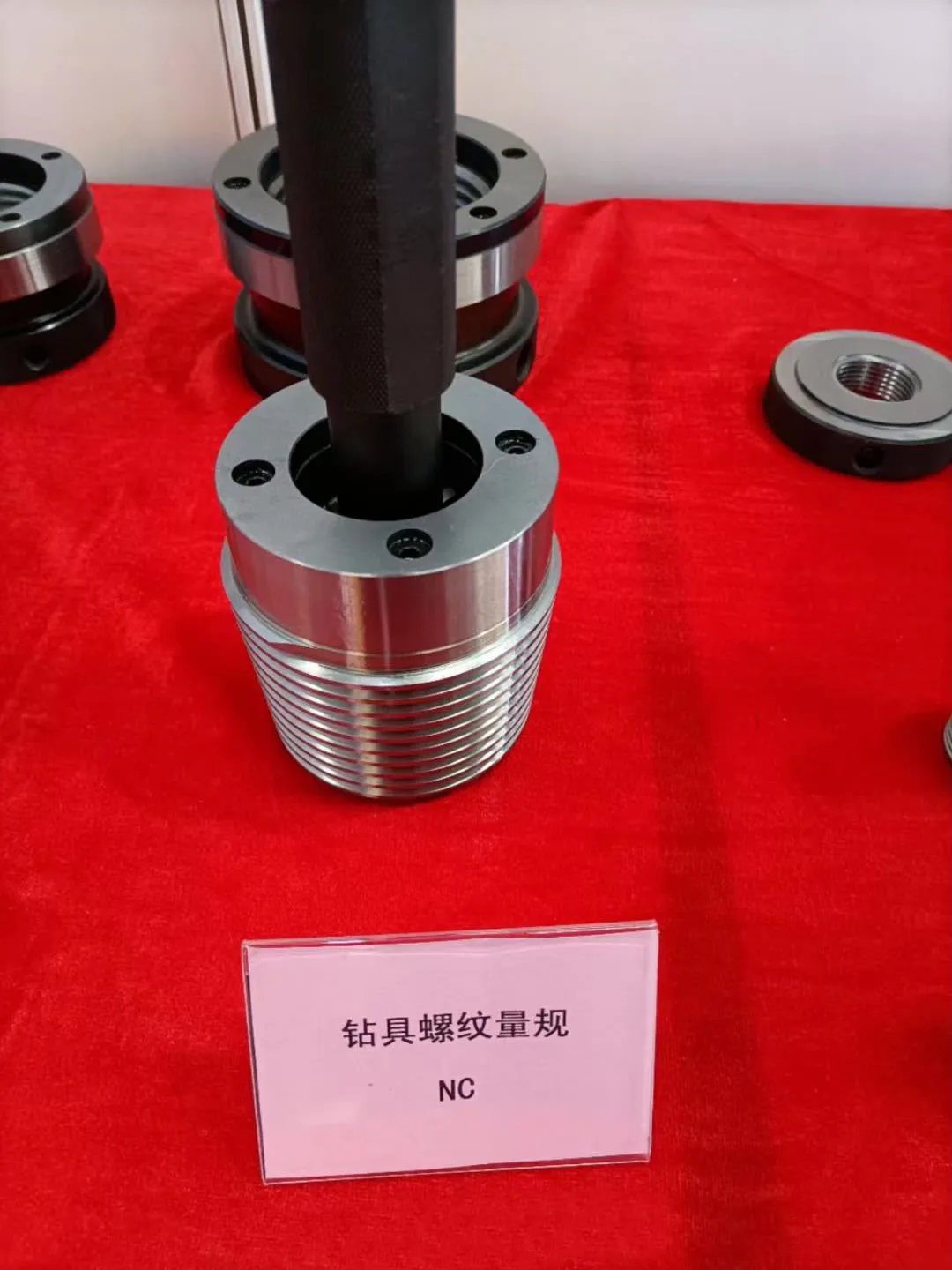Jun . 26, 2025 14:41 بیرته لیست ته
Wear Resistance Strategies for Trapezoidal Threads
Trapezoidal threads are a cornerstone of mechanical systems requiring precise linear motion and load-bearing capabilities. Their unique geometry, characterized by a trapezoidal profile with 30-degree flank angles, ensures efficient power transmission and durability. However, wear resistance remains a critical challenge, especially in high-load, high-cycle applications. This article explores advanced strategies to enhance the longevity and performance of trapezoidal تارونه, metric trapezoidal threads, trapezoidal screw threads, and trapezoidal thread screws in industrial settings. By focusing on material selection, surface treatments, lubrication, and design optimization, manufacturers can deliver robust solutions for demanding environments.

Understanding Trapezoidal Threads in Industrial Applications
Trapezoidal threads are widely used in lead screws, actuators, and CNC machinery due to their ability to handle axial loads with minimal friction. Unlike square threads, their trapezoidal shape distributes stress more evenly, reducing localized wear. However, the inherent sliding contact between mating threads can lead to gradual material loss, particularly in abrasive or high-speed conditions.
For metric trapezoidal threads, standardized under ISO 2901-2904, dimensional consistency ensures compatibility across global systems. Yet, even with precise manufacturing, wear remains inevitable without proactive mitigation. Key factors influencing wear include load distribution, alignment accuracy, and environmental contaminants. Addressing these variables through strategic design and maintenance is essential for maximizing service life.

Enhancing Wear Resistance in Metric Trapezoidal Thread Designs
The performance of metric trapezoidal threads hinges on optimizing thread geometry and material properties. Here are three proven strategies:
- Material Hardness and Alloy Selection: High-strength alloys like hardened stainless steel or bronze are preferred for trapezoidal screw threads. These materials resist deformation under load and minimize adhesive wear. Case-hardening techniques, such as nitriding or carburizing, further enhance surface hardness without compromising core toughness.
- Surface Coatings: Applying anti-wear coatings like PTFE, DLC (diamond-like carbon), or electroless nickel plating reduces friction coefficients. For trapezoidal thread screws, coatings act as sacrificial layers, protecting the base material from direct contact and corrosive agents.
- Precision Machining: Tight tolerances in thread pitch and flank angles ensure uniform load distribution. Advanced CNC grinding eliminates micro-imperfections that could accelerate wear in metric trapezoidal thread
Maintenance Strategies for Trapezoidal Screw Thread Systems
Even the best-designed trapezoidal screw threads require regular maintenance to sustain performance. Implement these practices:
- Lubrication Regimens: High-viscosity greases or synthetic oils form protective films between sliding surfaces. For trapezoidal thread screwsin dusty environments, sealed lubrication systems prevent contaminant ingress.
- Alignment Checks: Misalignment between screws and nuts induces uneven wear. Laser alignment tools ensure parallelism, extending the lifespan of trapezoidal screw thread
- Debris Management: Install wipers or scrapers to remove particulate matter from thread grooves. This is critical for metric trapezoidal threadsoperating in construction or mining equipment.
Proactive monitoring using vibration analysis or thermal imaging can also detect early signs of wear, enabling timely component replacement.

Optimizing Trapezoidal Thread Screw Performance in Heavy-Duty Use
Trapezoidal thread screws excel in heavy machinery but face extreme stresses in applications like hydraulic presses or aerospace actuators. To enhance durability:
- Thread Root Reinforcement: Increasing the root radius of trapezoidal screw threadsreduces stress concentration, preventing crack initiation.
- Hybrid Lubrication Systems: Combining solid lubricants (e.g., graphite) with oils ensures consistent performance under variable temperatures.
- Modular Design: Replaceable nuts in trapezoidal thread screwsystems allow cost-effective maintenance without dismantling entire assemblies.
Field tests show that these optimizations can extend the service intervals of metric trapezoidal threads by up to 40% in high-cycle scenarios.

FAQs About Trapezoidal Threads محصولات
What industries commonly use trapezoidal threads?
Trapezoidal threads are prevalent in automation, manufacturing, and heavy machinery. Their ability to convert rotational motion to linear movement makes them ideal for CNC machines, conveyor systems, and lifting equipment.
How does the metric standard affect metric trapezoidal thread compatibility?
The ISO metric standard ensures that metric trapezoidal threads from different manufacturers adhere to identical pitch and diameter specifications. This guarantees interchangeability and simplifies global sourcing.
Can trapezoidal screw threads be repaired if worn?
Minor wear on trapezoidal screw threads can be addressed through re-machining or recoating. However, severely damaged threads typically require replacement to maintain system integrity.
What lubrication is best for trapezoidal thread screws in high-temperature environments?
Synthetic oils with high thermal stability or molybdenum disulfide-based greases are recommended for trapezoidal thread screws operating above 150°C. These lubricants resist oxidation and maintain viscosity under heat.
Are trapezoidal thread screws suitable for corrosive environments?
Yes, trapezoidal thread screws made from stainless steel or titanium alloys, combined with corrosion-resistant coatings, perform well in marine or chemical processing applications.
Maximizing the wear resistance of trapezoidal تارونه, metric trapezoidal threads, trapezoidal screw threads, and trapezoidal thread screws demands a holistic approach. By integrating advanced materials, precision engineering, and rigorous maintenance protocols, manufacturers can deliver components that withstand the toughest operational demands. As industries push for higher efficiency and longer equipment lifecycles, these strategies will remain pivotal in sustaining the reliability of trapezoidal thread systems worldwide.
-
Why Metric Trapezoidal Thread is Ideal for Precision Motion ControlخبرونهAug.05,2025
-
The Unique Properties of a Block of Granite for Industrial UseخبرونهAug.05,2025
-
The Role of Flanged Y Strainers in Preventing Pipeline ClogsخبرونهAug.05,2025
-
The Importance of Regular Calibration for Master Ring GagesخبرونهAug.05,2025
-
How a Cast Iron Surface Table Enhances Accuracy in ManufacturingخبرونهAug.05,2025
-
Comparing Different Check Valve Types for Optimal Flow ControlخبرونهAug.05,2025
اړوند توليدات









